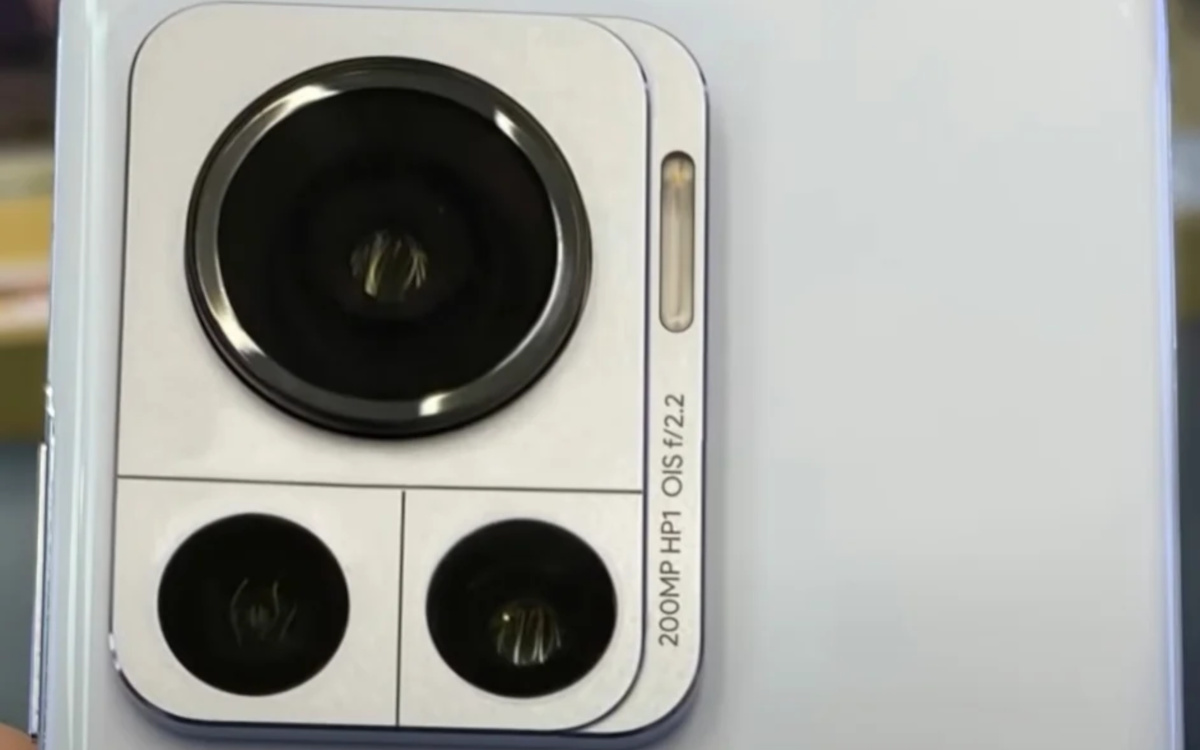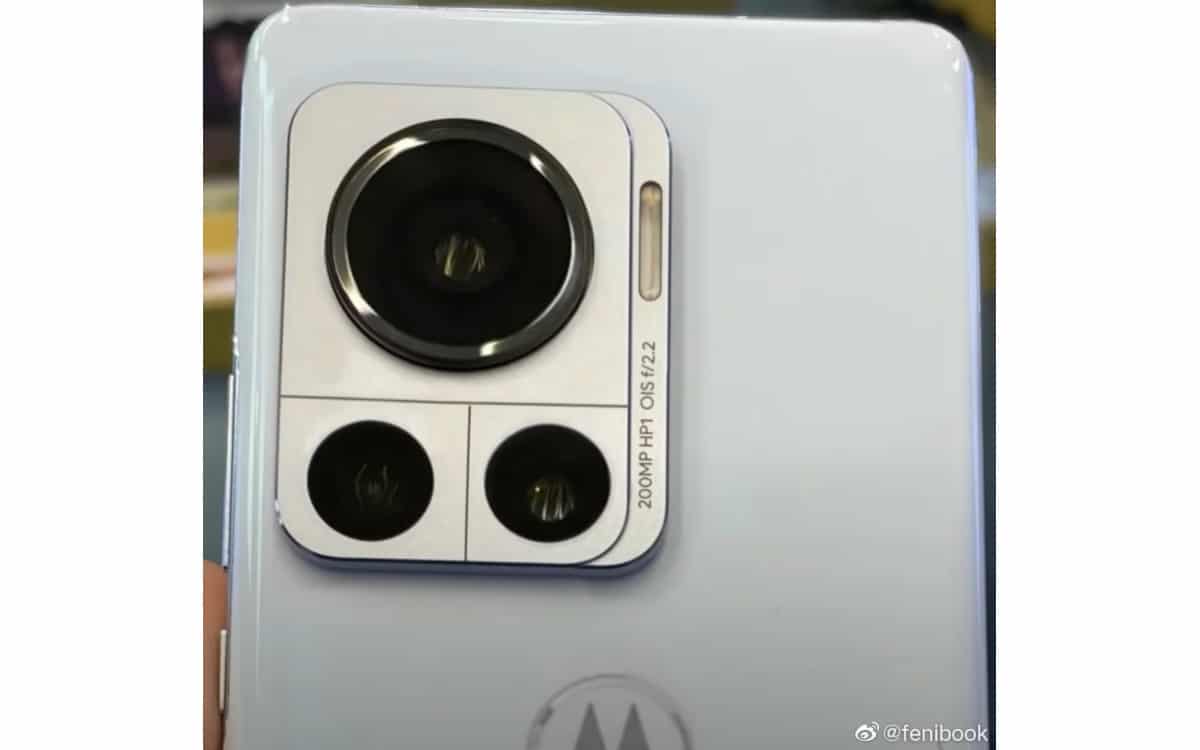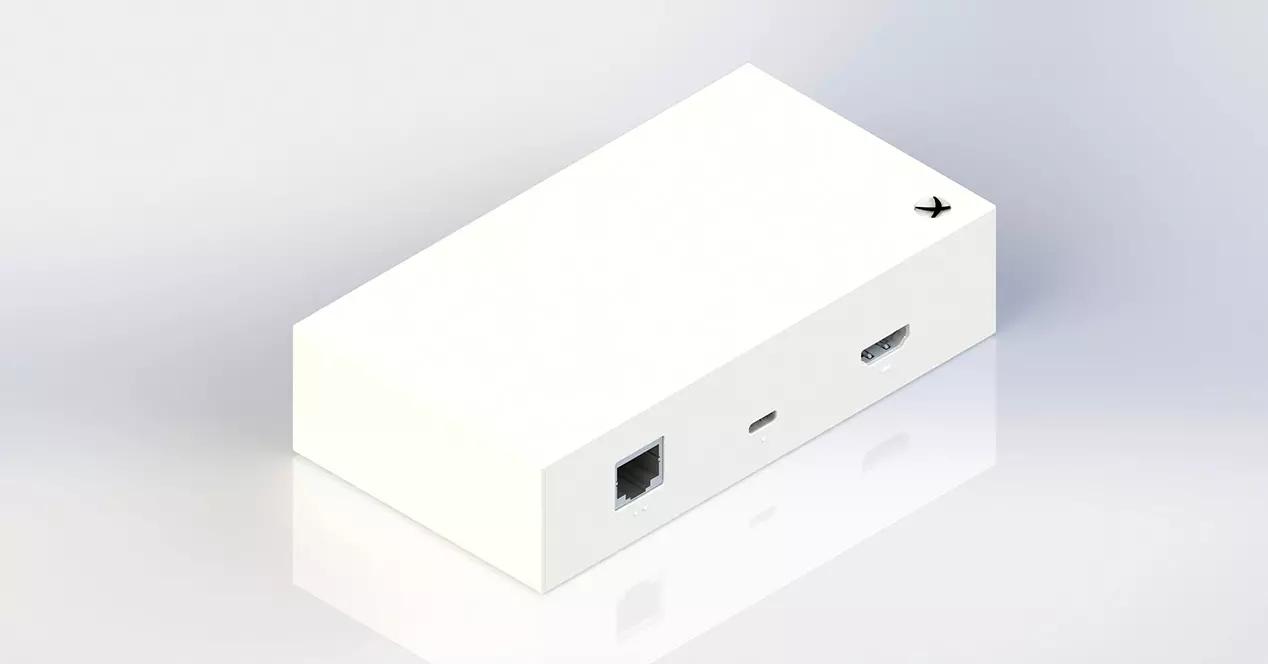
Samsung’s famous 200 megapixel ISOCELL HP1 photo sensor is coming soon. A stolen photo of a prototype smartphone from Motorola confirms this. The snapshot also reveals the size of the module on the back of the phone. And it is really gigantic. The lens would also be stabilized and would benefit from an aperture of f/2.2.
In September 2021, we introduced you to a new component from Samsung: the ISOCELL HP1. It is a photo sensor (as its name suggests) whose particularity is to reach a new symbolic bar: 200 megapixels. A very high figure that promises a level of detail never before achieved in photography and above all good quality digital zooms.
Read also – Xiaomi 12 Ultra: its huge 50 MP Sony sensor could bury the iPhone 13 in photo
Each photosensitive pixel measures 0.64 micron next to. But, like many sensors with definitions of 48 megapixels or more, the HP1 operates in ” pixel bining “. It combines four adjacent pixels to form a much larger one, here from 1.28 micron next to. The final definition would be 50 megapixels, all the same. Also note that the sensor is capable of filming in 8K at 30 frames per second (but this will mainly depend on the power of the SoC image coprocessor).
The 200 MP Samsung sensor is really gigantic
At the end of November, a rumor claimed that the sensor would find its place in a smartphone from 2022. But the first model to sport the HP1 would not be a Galaxy: the Korean giant would have decided to sell its components to a competing brand. We were then talking about Xiaomi or Motorola. And a new leak brings a little more precision: it would be the american brand.
A stolen photo indeed reveals a Motorola prototype with, on the back, a triple photo sensor where it is written: ” 200MP HP1 OIS f/2.2 “. This marking confirms that it is the ISOCELL HP1. The 200 MP sensor is associated with a lens whose aperture is fixed at f/2.2, which is quite dim compared to modules that open at f/1.5 or f/1.6. This opening is more common in an ultra wide-angle module. We think the reason has to do with the size of the sensor.
The photo that accompanies this article was posted on Weibo by the source of this leak. See the Motorola logo positioned on the back. This shot confirms the gigantic sensor size. The module is so big that it is four times larger than the secondary modules. The marking also confirms that the lens is stabilized, which should provide precision, especially at night when the sensor will need more light. We are obviously very curious to test this sensor and compare it to other photo specialists on smarpthone.




